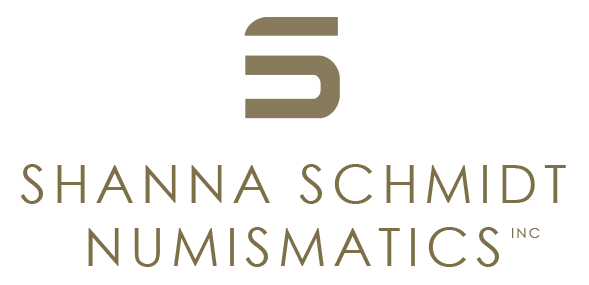Celtic. Sequani. Besançon area (Eastern France). c. 100-50 BC
Celtic. Sequani. Besançon area (Eastern France). c. 100-50 BC
AR Quinarius, 1.97g (12mm, 3h). Helmeted bust left, in front of the face, Q DOCI; dotted border / Horse galloping left; above, Q DOCI (partially off flan); below S AΔ II; dotted border.
Pedigree: Purchased from Anne Demeester, Belgium
References: Depeyrot (4) 269; DT 3245. Scheers, Les Monnaies Gauloises de La Collection A. Danicourt Á Péronne (France, Somme0 (1975 Brussels) pg. 44, 122.
De La Tour 5405-5411
Grade: Lovely old cabinet toning. Nicely struck and in good condition for issue. aEF
gk1353
Scroll down for more information about this coin.
This coin is from the area on the Swiss border to France and close to the Jura mountain chain. The Sequani were a celtic tribe of Gallic origin. Strabo incorrectly assumed that the Sequani were so named because of their proximity to the Seine River. The reality is that the Saône River, which flowed to the west of the Sequani settlement is the basis of their name.
At the time that this coin was struck the Sequani were in a state of constant fighting amongst a neighboring tribe, the Aedui. They entered into a partnership with Arverni Tribe, whose chief was infamous Vercingetorix. This ended poorly for the Sequani when they called for the assistance of another tribe, the Suebi, who after successfully defeating the Aedui then demanded land and their freedom from them.
The Sequani eventually asked for support from the Romans, under Julius Caesar, who they felt wanted power over the tribe. They aligned themselves instead with the Arverni Tribe under Vercingetorix.

